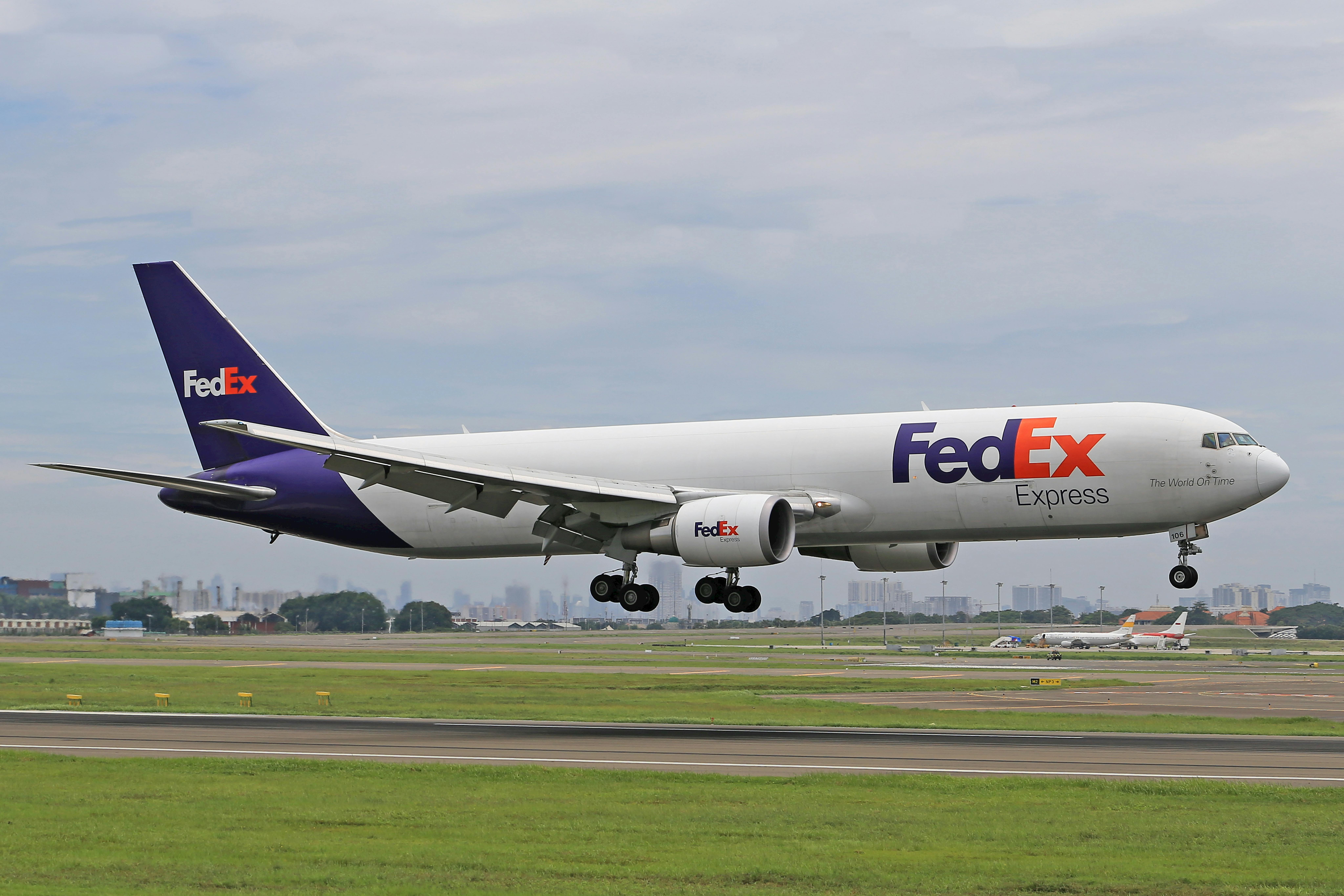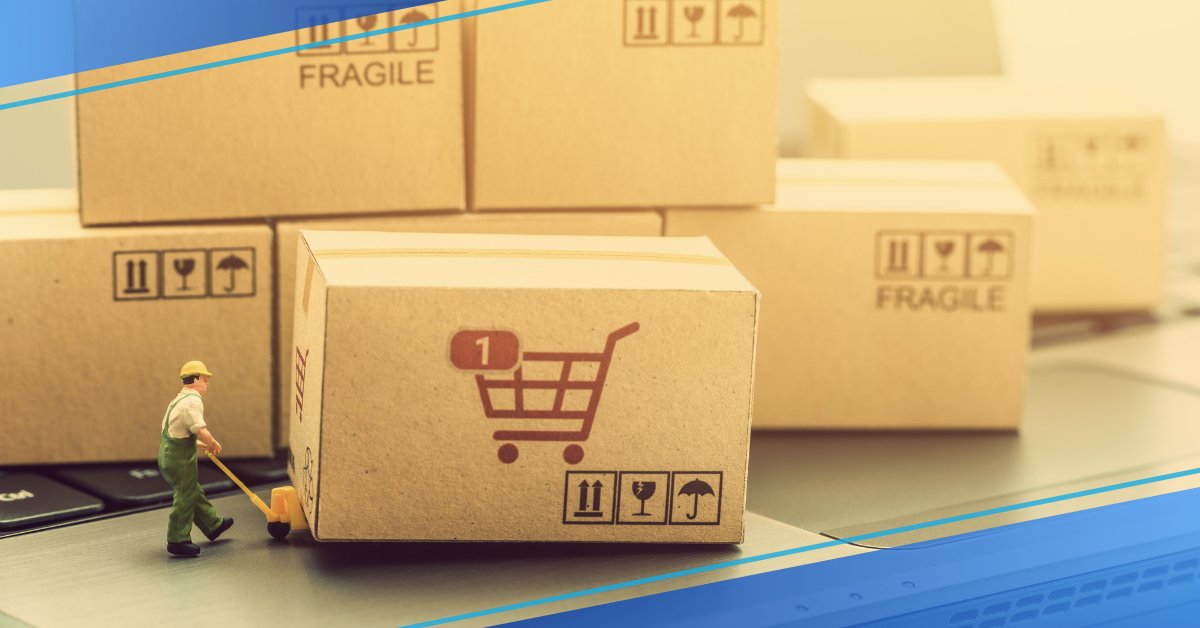Shipping is integral to e-commerce success. This leads to satisfied customers greater conversions, and gives a brand advantage. On the other hand, inadequate shipping can result in cart abandonment, negative reviews, and lost sales.
This guide will discuss the best fast shipping strategies for e-commerce, compare dropshipping vs. warehousing, examine the most effective shipping methods, and share fast shipping strategies that can enhance the customer experience and drive growth.
Understanding Different E-commerce Shipping Models

Before choosing a shipping strategy, it’s vital to understand the different fulfilment models.
1. Dropshipping vs Warehousing: Which One is Right for You?
Dropshipping
Dropshipping means the retailer doesn’t hold inventory—instead, a third-party supplier ships directly to customers.
Pros:
- Lower upfront costs – No need for extensive inventory.
- Reduced risk – No worries about unsold products.
- Scalability – Easily add products without stocking them.
Cons:
- Lower profit margins – Suppliers take a cut.
- Less control over shipping times – Delivery speed varies by supplier.
- Potential stock issues – Items may be unavailable without notice.
Warehousing & Fulfilment Centres
In this model, businesses store products and ship orders directly to customers.
Pros:
- Faster shipping times – Products are ready for dispatch.
- Better brand control – Custom packaging options.
- Higher profit margins – No third-party fees.
Cons:
- Upfront costs – Requires investment in inventory.
- Stock management – Must track inventory levels.
- More operational complexity – Needs logistics coordination.
Choosing between dropshipping and warehousing depends on your goals, resources, and customer needs.
Top Shipping Methods for Online Stores

Picking the correct shipping method balances cost, speed, and reliability. Here are some practical options:
1. Standard Shipping
- Best for: Budget-conscious customers.
- Delivery Time: 3-7 business days.
- Cost: Low, often free for larger orders.
- Use Case: Ideal for non-urgent items.
2. Expedited Shipping
- Best for: Customers who want faster delivery.
- Delivery Time: 1-3 business days.
- Cost: Higher than standard shipping.
- Use Case: Great for time-sensitive purchases.
3. Same-Day & Next-Day Delivery
- Best for: Customers needing urgent deliveries.
- Delivery Time: Same-day or within 24 hours.
- Cost: High, but offset by premium pricing.
- Use Case: Effective for high-ticket items.
4. International Shipping
- Best for: Global customer bases.
- Delivery Time: Varies by destination.
- Cost: Depends on region and weight.
- Use Case: Essential for international expansion.
5. Local Pickup & Click-and-Collect
- Best for: Customers nearby.
- Delivery Time: Instant after purchase.
- Cost: Free or minimal.
- Use Case: Great for hybrid retail/e-commerce.
Fast Shipping Strategies to Improve Customer Experience
Today’s customers expect fast and reliable shipping. Here are strategies to speed up delivery and enhance satisfaction.
1. Use Multiple Fulfilment Centres
- Store inventory closer to major customer areas to reduce transit times.
- Partner with 3PL providers to gain access to more fulfilment warehouses.
2. Offer Real-Time Shipping Rates
- Add real-time shipping calculators at checkout for accurate costs and delivery dates.
- It helps customers pick the best option, reducing cart abandonment.
3. Automate Order Processing
- Use warehouse management systems (WMS) to streamline processing and cut errors.
- Invest in automation tools that work with your e-commerce platform.
4. Leverage Courier Partnerships
- Negotiate bulk discounts with carriers like DHL, FedEx, UPS, and Royal Mail.
- Offer multiple courier options for customer flexibility.
5. Implement Subscription-Based Shipping Models
- Offer membership programs (e.g., Amazon Prime-style perks) for unlimited fast shipping.
- Encourages loyalty and boosts repeat purchases.
6. Minimise Returns & Shipping Errors
- Ensure accurate product descriptions to cut down on incorrect orders.
- Automate tracking systems to keep customers updated on shipments.
Reducing Shipping Costs Without Compromising Quality

Shipping can get expensive, but innovative strategies can cut costs while maintaining quality.
1. Offer Free Shipping with Minimum Spend
Encourage larger orders by offering free shipping over a set amount (e.g., “Free shipping on orders over £50”).
2. Choose Eco-Friendly Packaging
Use lightweight, sustainable packaging to lower costs and attract eco-conscious customers.
3. Use Flat-Rate Shipping
Charge a set rate for shipping, regardless of weight or destination, to simplify pricing.
4. Bulk Shipments for Popular Products
Store high-demand products in various fulfilment centres to consolidate shipments and lower costs.
5. Negotiate Lower Carrier Rates
High-volume e-commerce businesses can negotiate discounts with major carriers.
Ready to optimise your e-commerce shipping strategy?
Parcel delivery isn’t one-size-fits-all, and e-commerce shipping strategies require the proper shipping methods for cost-efficiency, rapid delivery time, and customer satisfaction. A good delivery plan ensures that your brand performs well in whatever you decide in dropshipping or warehousing, investing in fast shipping, or optimising shipping methods.
The fastest shipping solutions can improve customer experience, aid conversions, and help your e-commerce business grow.
Begin by evaluating your existing fulfilment process and seeking opportunities to improve efficiencies. Your customers — and your profits — will thank you! Share your experience with us in the comments below.


